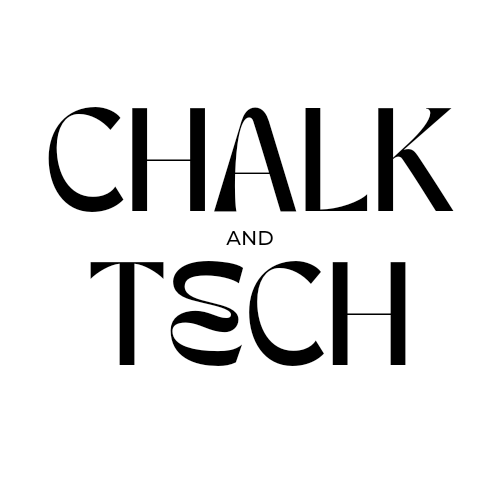#5. Inclusion isn’t charity - it’s strategy
Inclusion isn’t charity. It’s a competitive edge.
Generative image of a group of four identical Africans with golden hair, sitting on turquoise chairs placed ona bold ornage floating dock, surrounded by flamingo pink water. Inspired by visual artist, Prince Gyasi.
Most conversations about inclusion treat it as a moral obligation. But what if it’s also a competitive edge?
AI models trained on the full spectrum of human expression are not just fairer - they’re more accurate, more responsive to local realities, and better equipped to serve real-world needs.
In Mozambique and Zambia, AI voice platforms built by Viamo deliver climate-smart farming advice and early warning systems in local languages like Changana and Sena - all through basic mobile phones, no internet needed. During Cyclone Freddy, hyperlocal alerts helped reduce crop losses and save lives.
This isn’t a workaround. It’s a reframe. By designing for the infrastructure and languages that exist - not the ones we wish existed - AI becomes a frontline tool for climate resilience.
This matters because, global models often assume internet access, literacy, or dominant-language fluency. But the last mile isn’t the edge of innovation. It’s where it matters most. When AI speaks the language of the people it serves, it doesn’t just translate solutions, it transforms outcomes.
That’s why researchers like, Adelani, are building models that don’t just work globally, but work locally. Not by simplifying complexity, but by honouring it.
Because inclusion isn’t an afterthought or a charity case. It’s a signal of what’s next: AI that reflects us, adapts with us, and serves the real world, not just the digital elite.
Adelani’s work doesn’t just build datasets.
It builds:
Visibility.
Legibility.
Recognition.
In doing so, it asks a deeper question: What kind of intelligence are we encoding: and who gets to be part of it?
Because the future of AI isn’t just technical.
It’s linguistic. Political. And deeply human.


